Gone are the days of boring, cookie-cutter style houses. Today’s homeowners are finding ways to express themselves by designing their homes in a way that reflect their style. One increasingly popular trend is mixing textures on your home’s exterior, which makes your home stand out among the rest.
How to mix textures
You’ll want to pick 2-3 different textures for your home’s exterior, and no more than 2-3 different colors. Too much variation will appear chaotic, so it’s important to be thoughtful about your choices.
You can take a drive around your neighborhood to get a sense of what you like, use online design tools like Cultured Stone’s Visualizer tool, or talk to our GNH design experts to get started.
Think about what focal points you want to stand out on your home— dormers, gables, porches, bump-outs, etc. Use contrasting colors and/or textures to draw attention to these features. You may also want to switch up the siding on different levels of your home.
Not ready for a remodel? You can start small by adding contrast with your front door, shutters or trim.
Using Cultured Stone for texture
One texture you’ll definitely want to consider using is stone. With so many colors and textures to choose from, the possibilities are limitless. You can also choose between using natural stone or a manufactured veneer, such as Cultured Stone veneers. There are a number of benefits of using Cultured Stone veneers. Cultured Stone is about one-quarter the weight of natural stone and is generally easier and less costly to install. Because of its light weight, Cultured Stone can be installed on a variety of substrates, unlike natural stone which needs to be fixed to something structural. Composed of lightweight concrete, Cultured Stone will last as long as other concrete materials, which can be anywhere from 50-100 years. Cultured Stone products are virtually maintenance-free and come with a 50-year limited warranty.
Some consumers may worry that manufactured stones will be too repetitive in appearance, but Cultured Stone uses thousands of individual molds and no two stones are ever cast with the same exact coloring. In fact, Cultured Stone has the largest variety of colors and textures in any manufactured stone line, with more than 20 textures available in over 100 color combinations. Check out some combinations below!
These examples show how you can use different colors of Ledgestone to create vastly different styled homes. One the left you have Echo Ridge Country Ledgestone and an arts and craft style home, followed by a modern looking home in the middle with Artic Pro-Fit Terrain Ledgestone, and lastly the rustic log cabin style home with a combination of Aspen Dressed Fieldstone and Aspen Country Ledgestone.
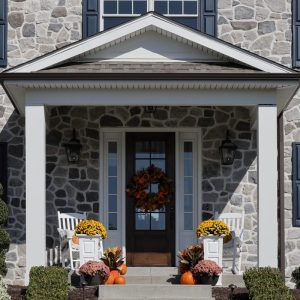
Echo Ridge Dressed Fieldstone
Credit: Barrington Homes
This Echo Ridge Dressed Fieldstone gives the house a rugged and historic look like it has been here through the ages.
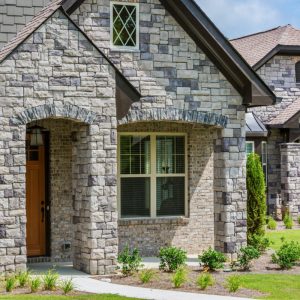
Gray Cobblefield
The Gray Cobblefield on this home is designed to mimic the architecture of 19th century rural America.
For more inspiration, visit the Cultured Stone Designs Gallery.

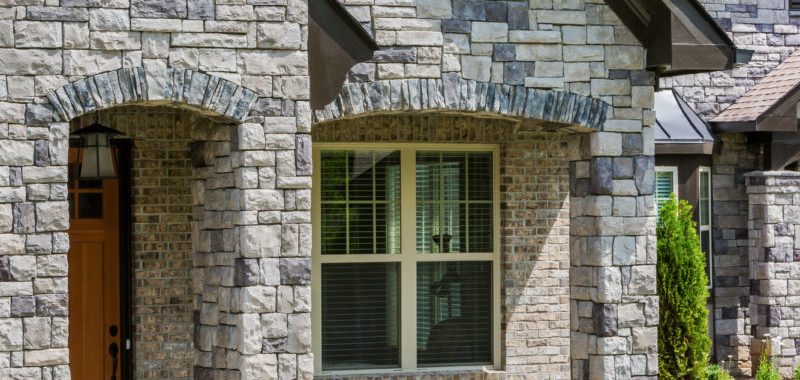
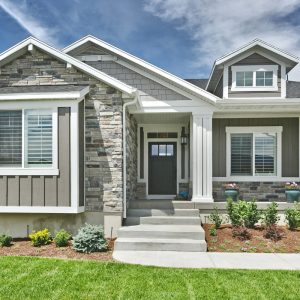
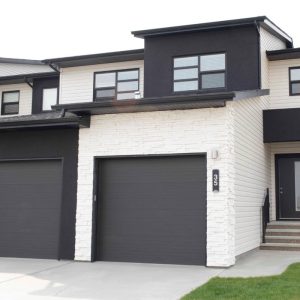

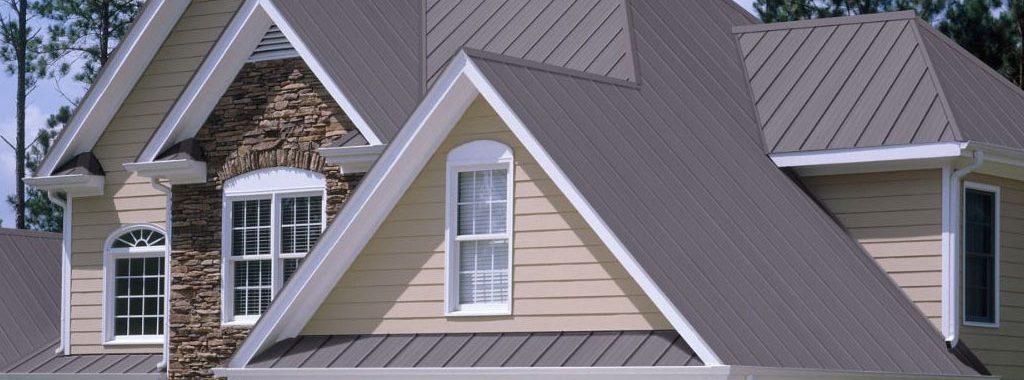
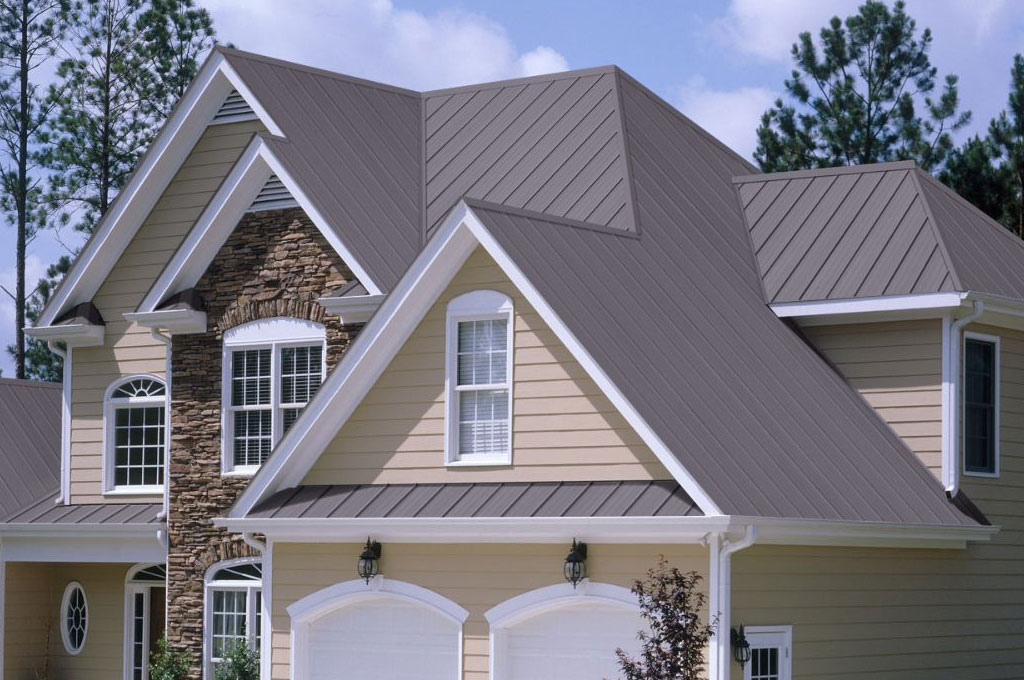
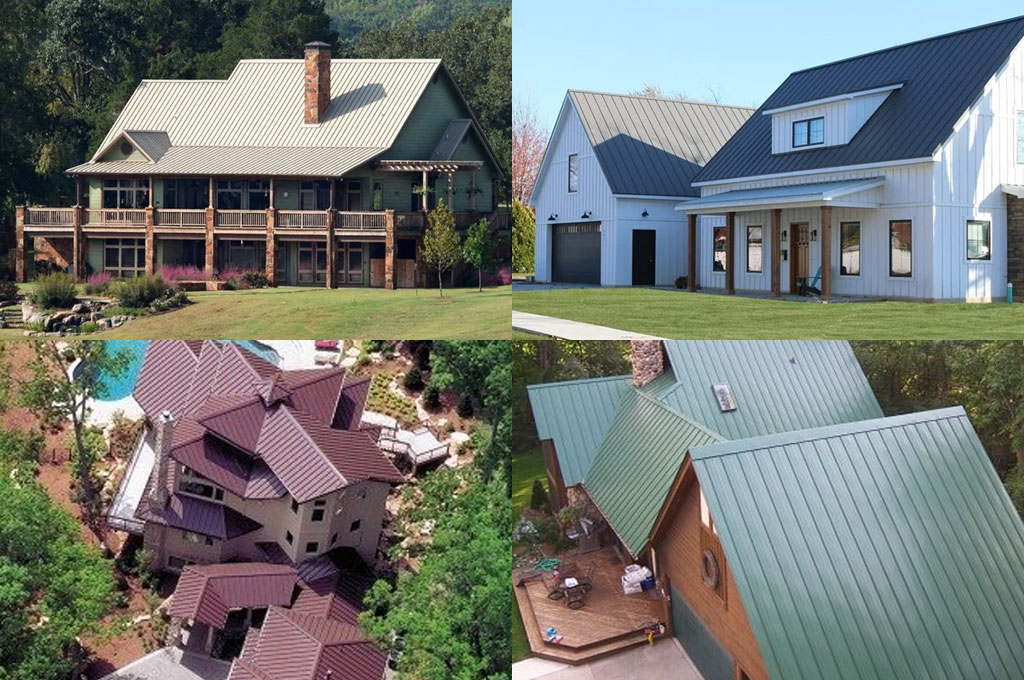
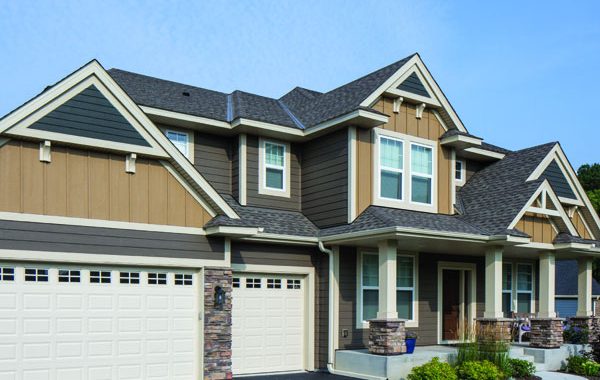
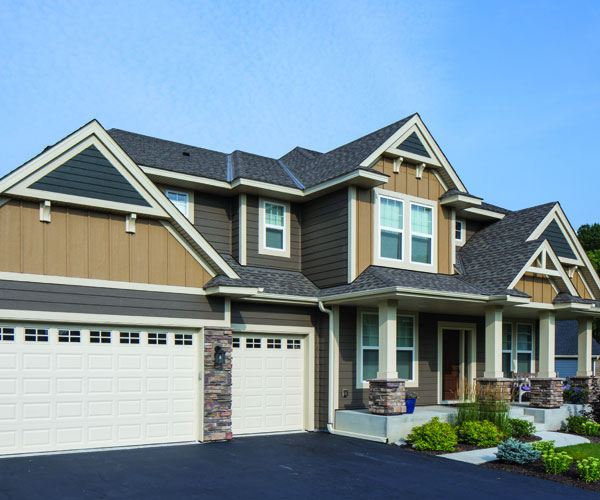 There are many benefits to choosing a neutral color palette for siding and trim. For one, neutral colors appeal to the broadest range of potential home-buyers, making your home more marketable when it comes time to sell.
There are many benefits to choosing a neutral color palette for siding and trim. For one, neutral colors appeal to the broadest range of potential home-buyers, making your home more marketable when it comes time to sell.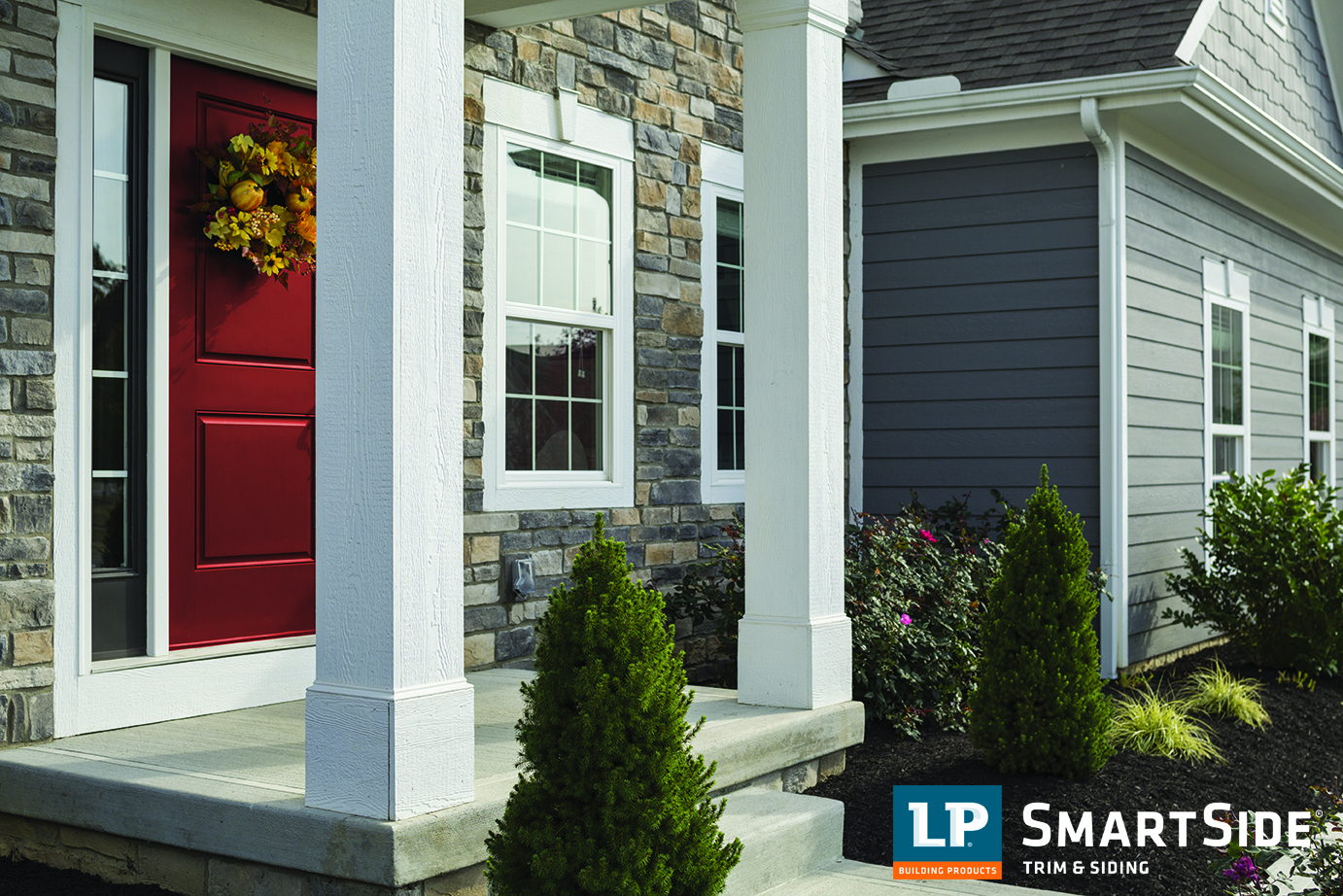
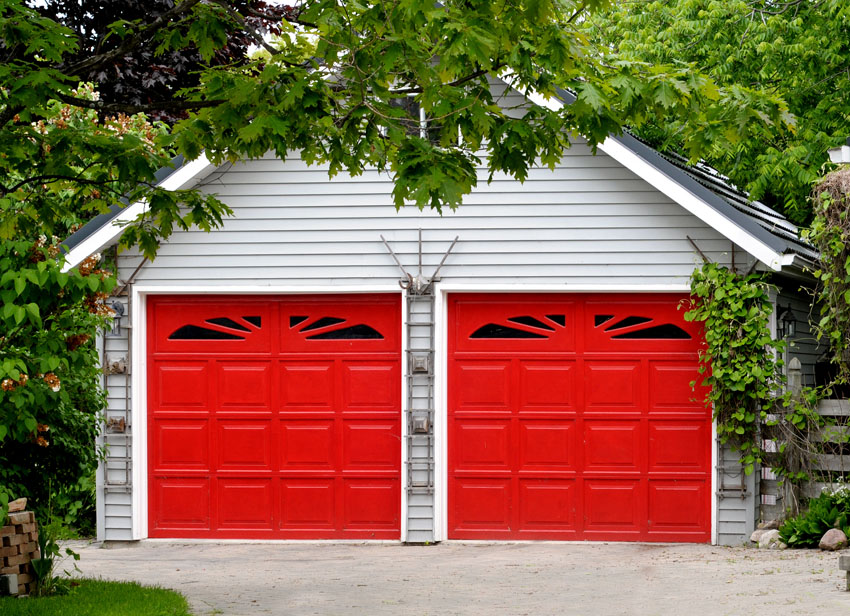
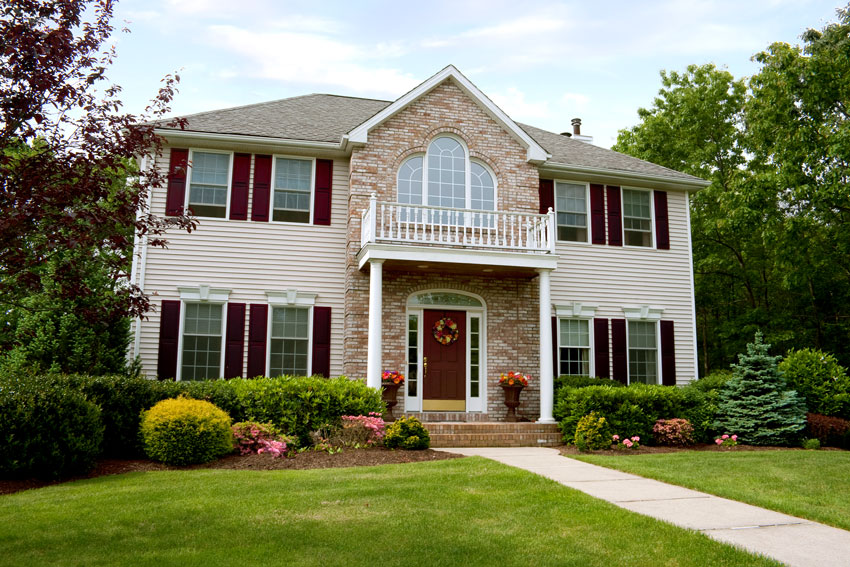
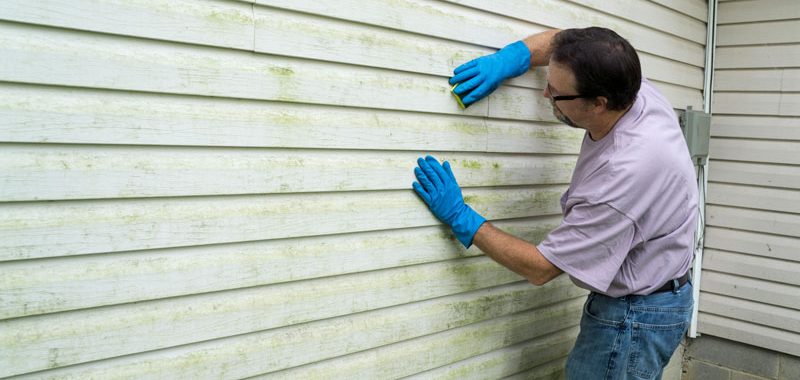
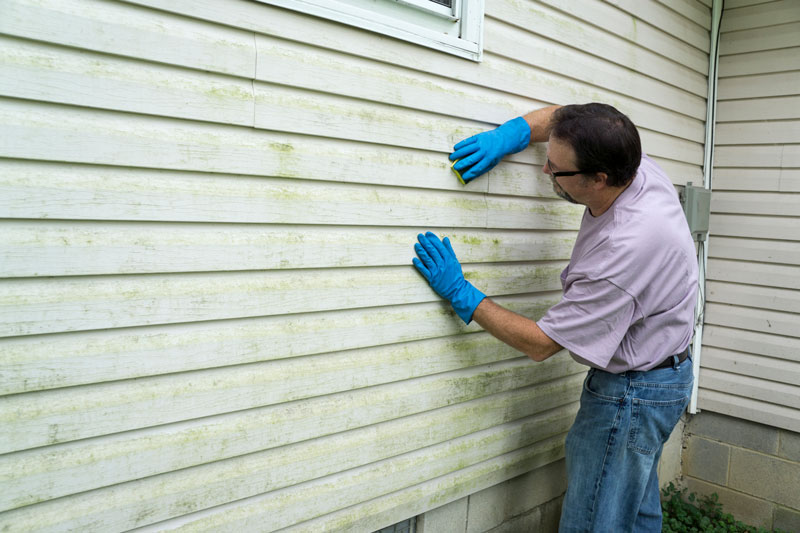 Keeping your home’s exterior siding in good shape is not only a great way to improve your home’s appearance, it also helps you avoid repairs and costly services down the road. With a bit of preventative maintenance, you’ll be able to extend the life of your home’s exterior siding for 50+ years!
Keeping your home’s exterior siding in good shape is not only a great way to improve your home’s appearance, it also helps you avoid repairs and costly services down the road. With a bit of preventative maintenance, you’ll be able to extend the life of your home’s exterior siding for 50+ years!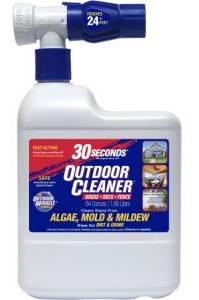 Next time you’re at
Next time you’re at 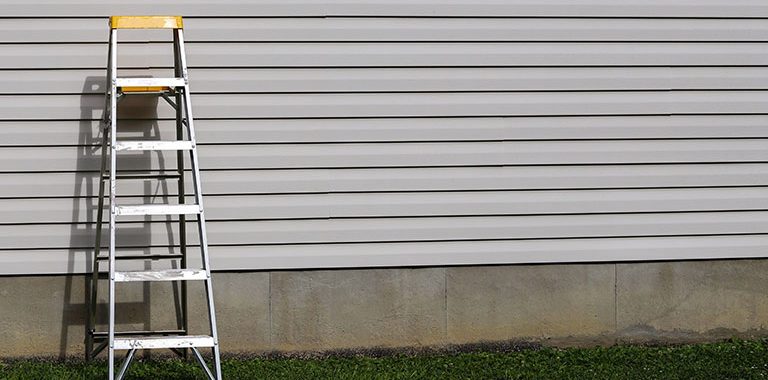
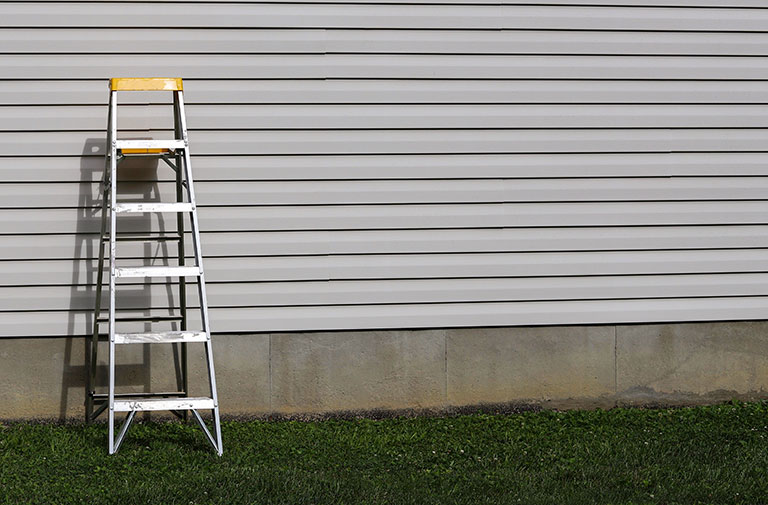 It’s always important to keep a close eye on your home’s exterior siding! If you’ve noticed any leaks, cracks, chips, or any other visible problems that have developed over the years – it may be time to replace or restore your siding! But not all siding is created equal, and some siding is more difficult to keep looking beautiful without extensive maintenance on your part. Thankfully, there is a siding option that is not only high-performance, but also requires only basic upkeep!
It’s always important to keep a close eye on your home’s exterior siding! If you’ve noticed any leaks, cracks, chips, or any other visible problems that have developed over the years – it may be time to replace or restore your siding! But not all siding is created equal, and some siding is more difficult to keep looking beautiful without extensive maintenance on your part. Thankfully, there is a siding option that is not only high-performance, but also requires only basic upkeep! 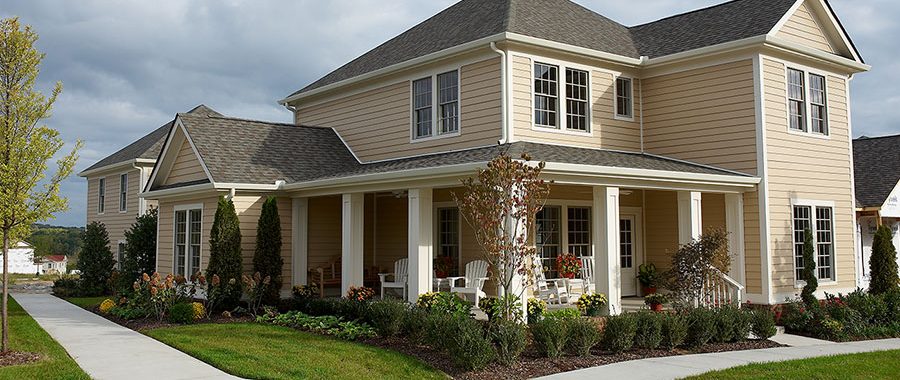
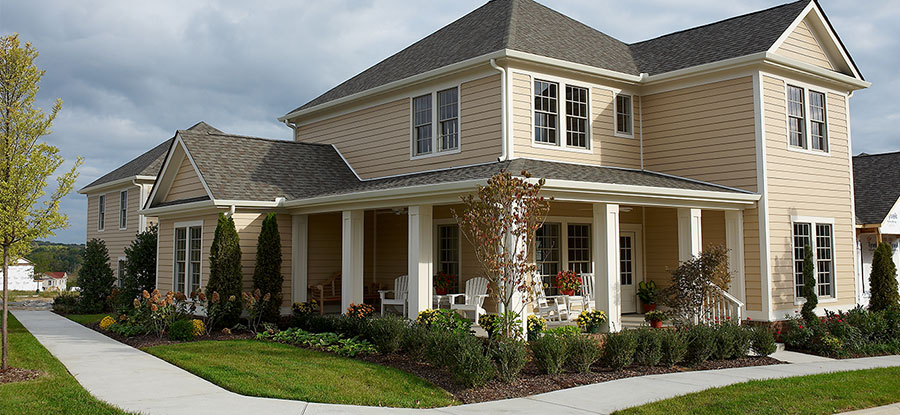
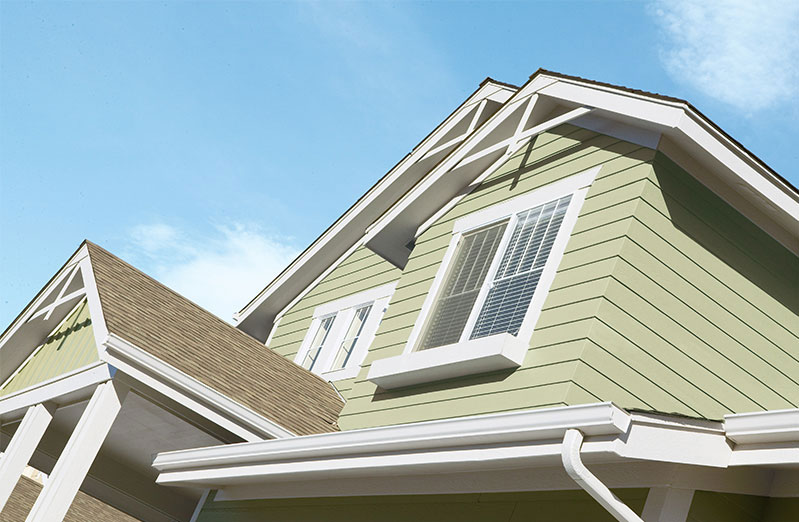
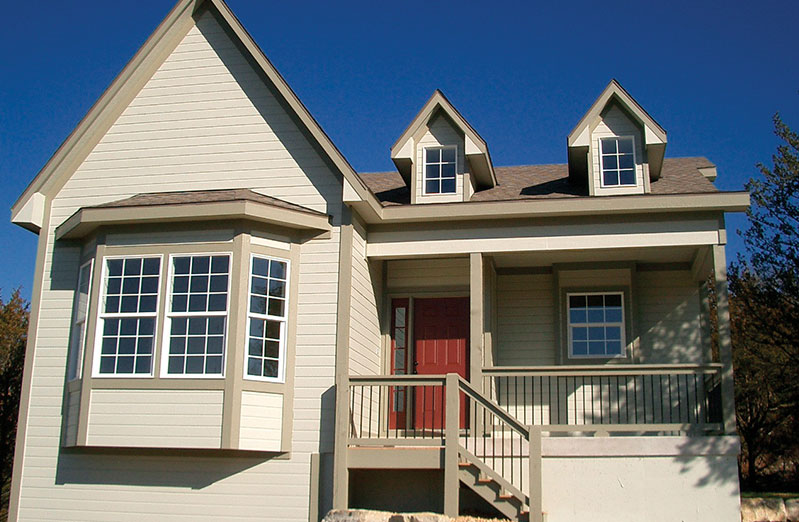
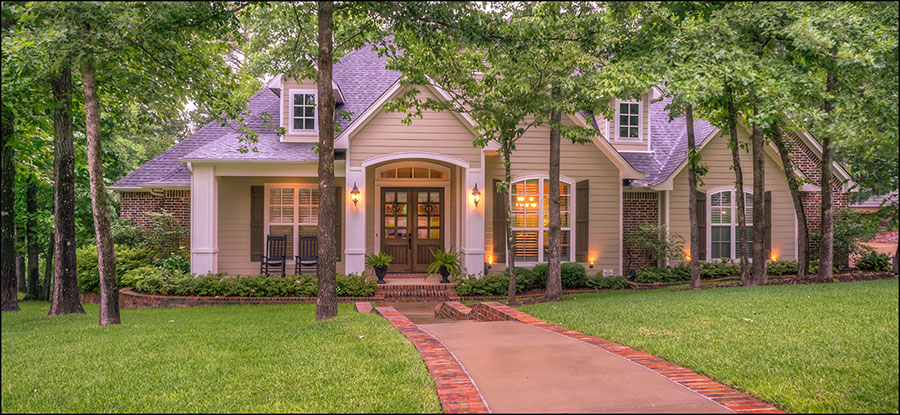
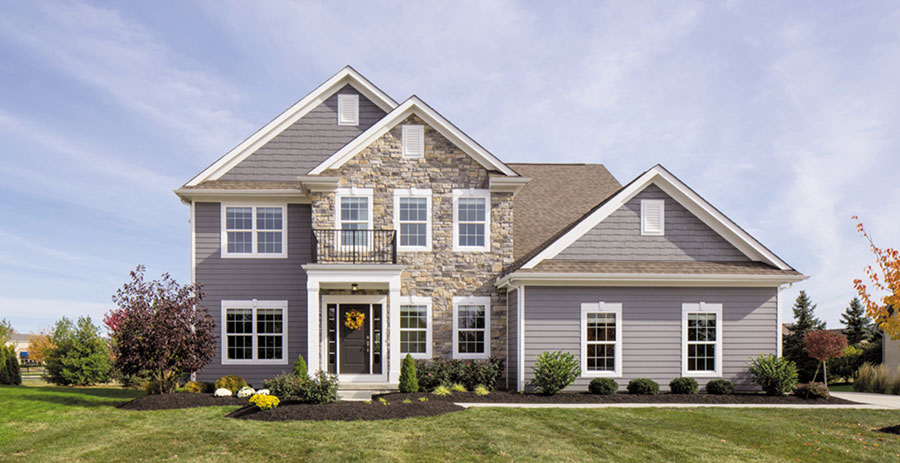
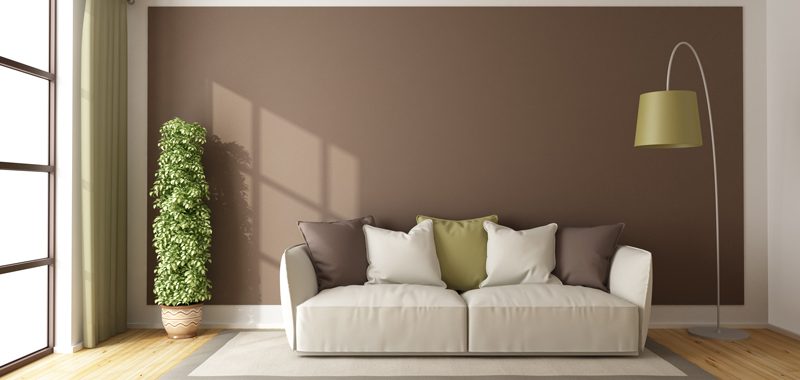
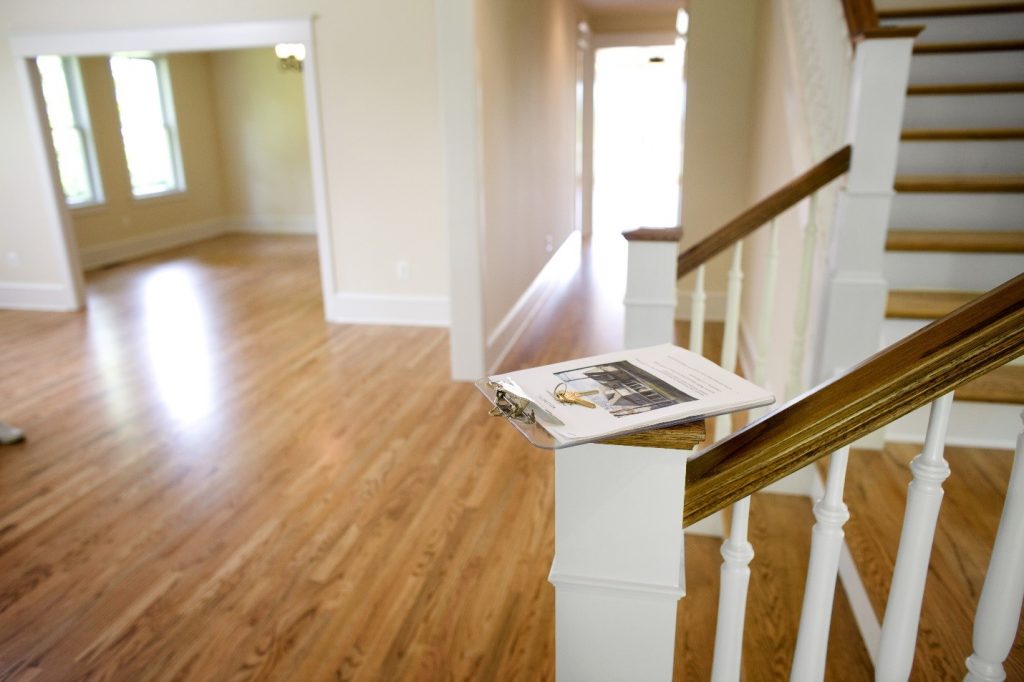 When it comes to selling your home, first impressions are everything. Eager buyers may ask questions about
When it comes to selling your home, first impressions are everything. Eager buyers may ask questions about 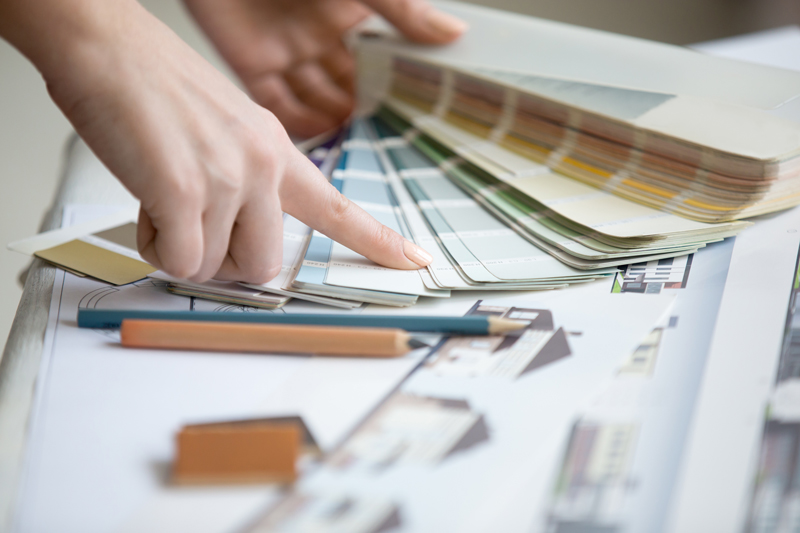 Paint is a simple way to apply or change the whole feeling of a home. The wrong color inside or out can turn a buyer off from the entire house. To help appeal to the most buyers, seasoned real estate professionals recommend painting your home in neutral colors.
Paint is a simple way to apply or change the whole feeling of a home. The wrong color inside or out can turn a buyer off from the entire house. To help appeal to the most buyers, seasoned real estate professionals recommend painting your home in neutral colors.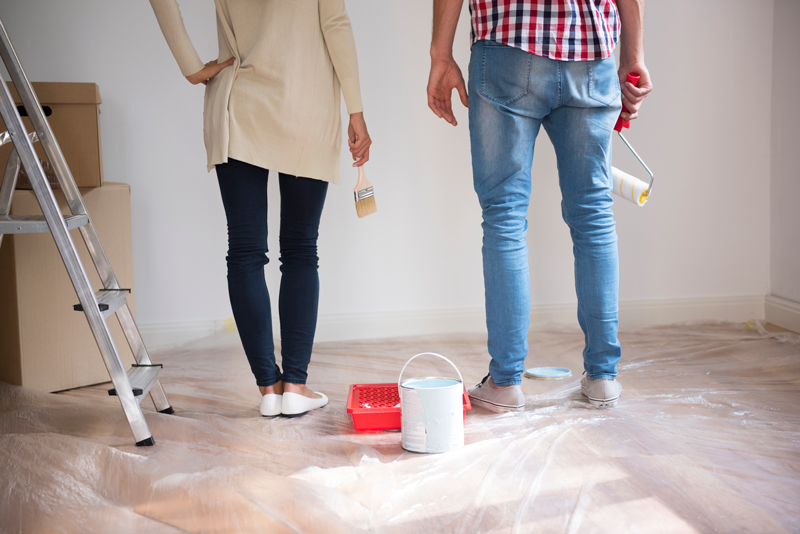 Bathrooms:
Bathrooms: 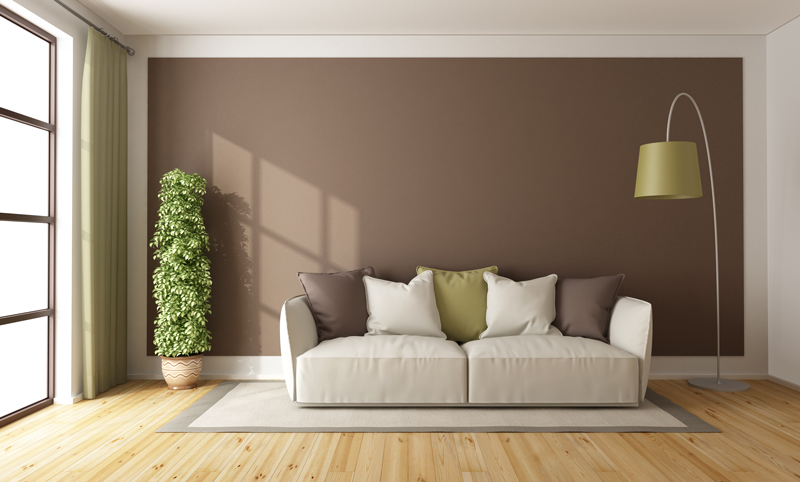 Living Room:
Living Room:

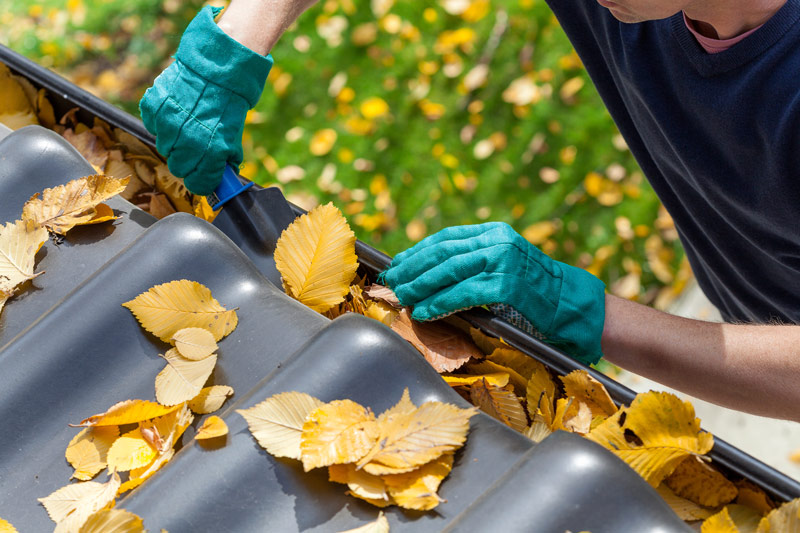
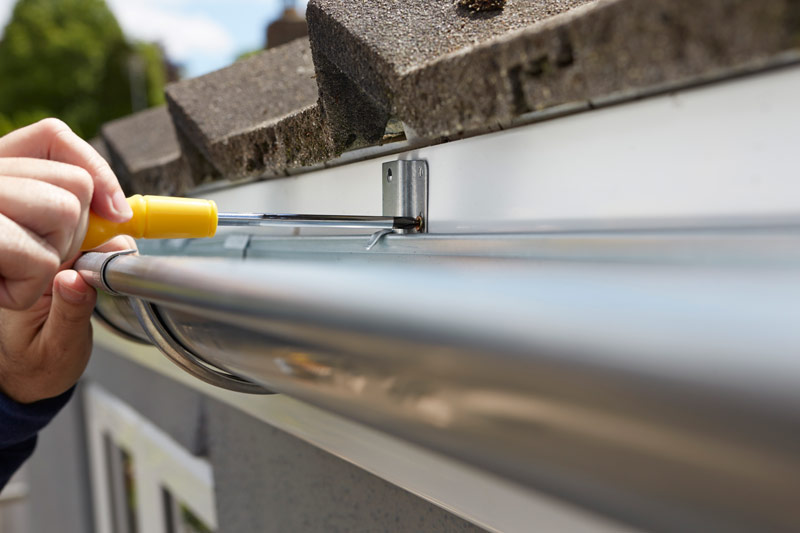 Step 3: Repair Small Holes and Cracks
Step 3: Repair Small Holes and Cracks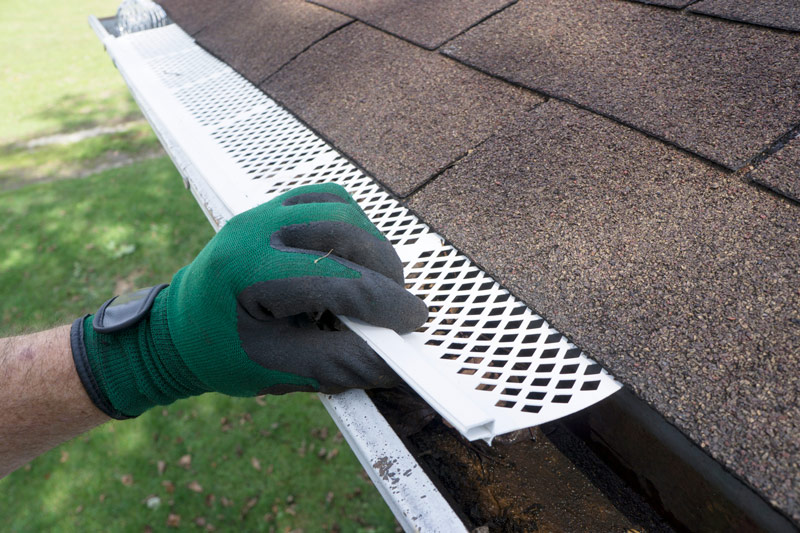 Step 6: Install Gutter Screens or Guards
Step 6: Install Gutter Screens or Guards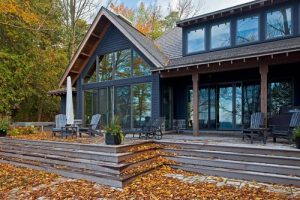
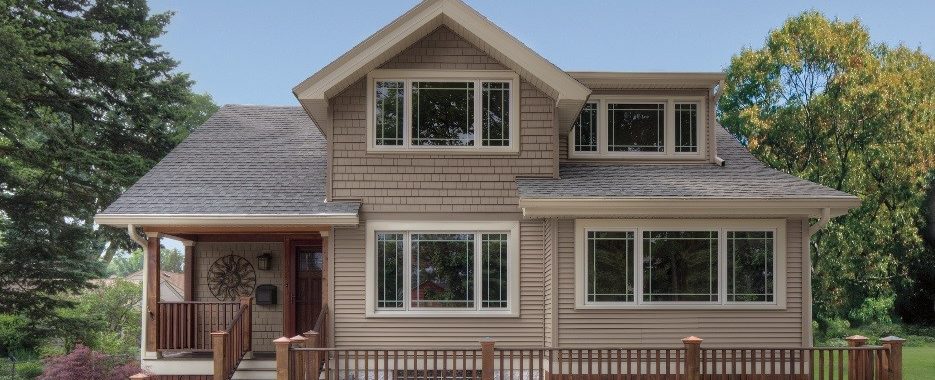
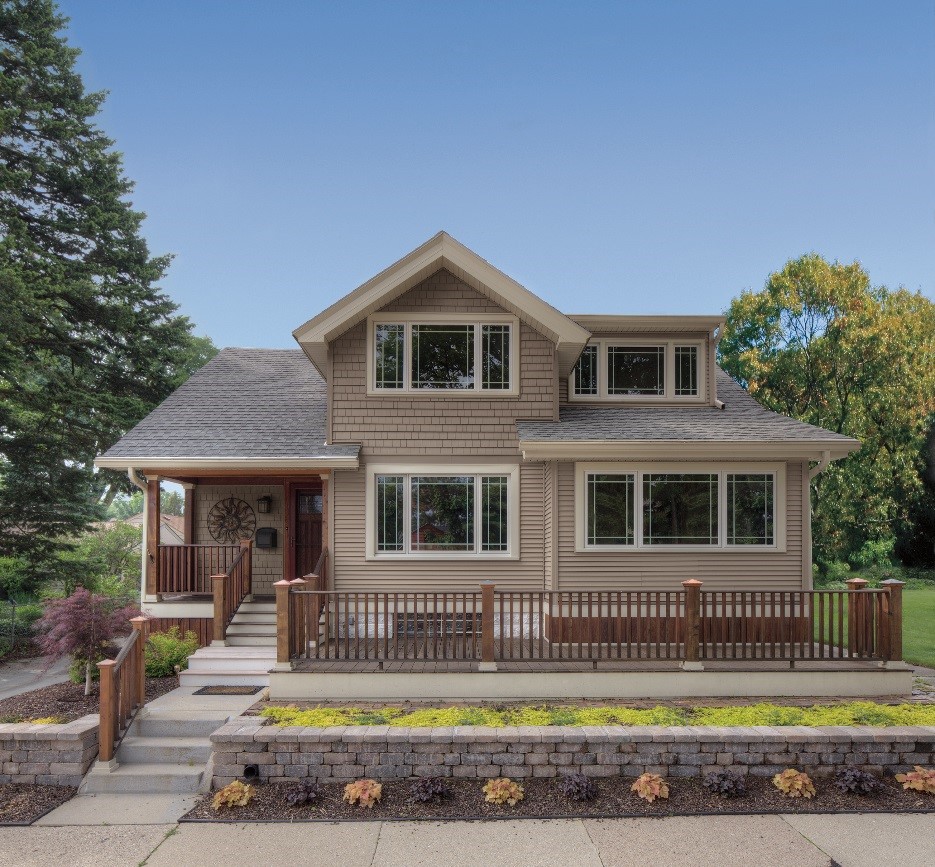 Whether your home is brand new or in need of an update, the best way to make it stand out on the curb is with a beautiful coat of
Whether your home is brand new or in need of an update, the best way to make it stand out on the curb is with a beautiful coat of 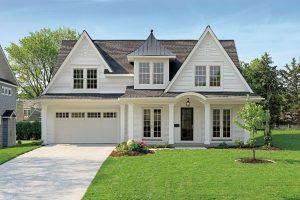 These are time-tested hues that work well against green lawns and gardens, and complement reddish brick fireplaces and roofs. You can add more impact by using darker or lighter variations of the main house color to accent things like window frames, shutters and trim.
These are time-tested hues that work well against green lawns and gardens, and complement reddish brick fireplaces and roofs. You can add more impact by using darker or lighter variations of the main house color to accent things like window frames, shutters and trim.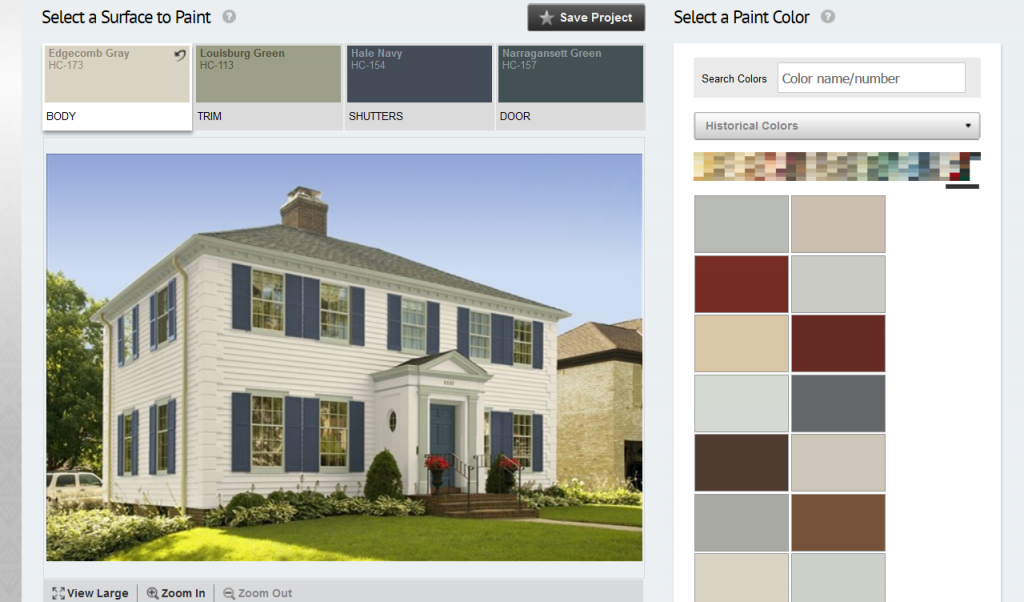 Not sure what your final color scheme will look like? Looking for a way to test out some wild ideas? Check out this great tool from Benjamin Moore! Paint your home online and see how colors will look before making a purchase with the
Not sure what your final color scheme will look like? Looking for a way to test out some wild ideas? Check out this great tool from Benjamin Moore! Paint your home online and see how colors will look before making a purchase with the